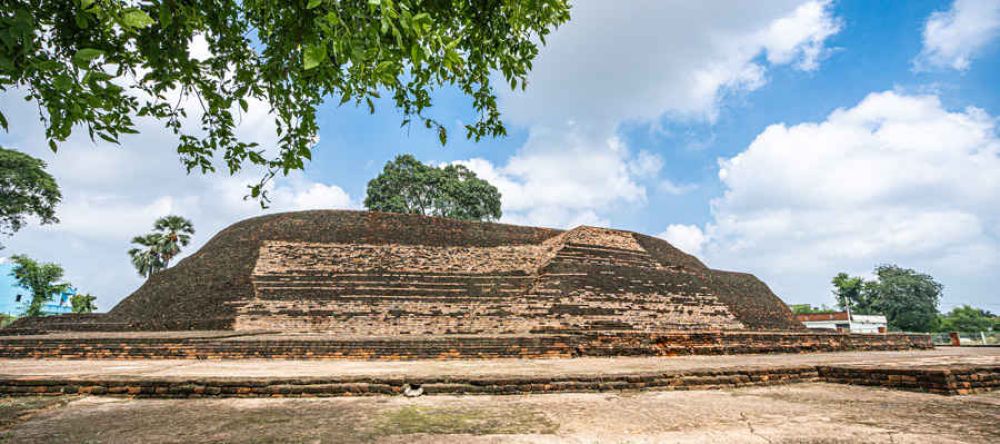

Sujata Garh is a significant historical and religious site located in the village of Bakraur near Bodh Gaya in the Indian state of Bihar. This location is named after Sujata, a maiden who is believed to have offered milk-rice to Siddhartha Gautama, who would later become the Buddha. According to local tradition and Buddhist texts, it is said that Sujata's offering provided the nourishment that helped Gautama regain strength after years of harsh ascetic practices. This gesture is considered pivotal, as he then went on to attain enlightenment under the Bodhi Tree at Bodh Gaya.
Over the centuries, Sujata Garh has emerged as an important stop for Buddhist pilgrims visiting Bodh Gaya. Archaeological findings in and around the area point to its historical prominence as a site of veneration and worship.
Tourism in Sujata Garh primarily revolves around the Buddhist pilgrimage circuit. Visitors come from all over the world to pay homage to the place where Sujata and Siddhartha's paths crossed. The ruins of the ancient stupa, believed to have been built to commemorate Sujata’s act of kindness, is a focal point for tourists.
The development of tourism infrastructure in Bodh Gaya has also positively impacted Sujata Garh, making it more accessible to international and domestic travelers, alongside improvements in local facilities such as accommodation and transportation.
In recent years, tourism trends in Sujata Garh have shifted due to a growing recognition of the site's importance among Buddhist pilgrims and spiritual travelers. Among the latest trends in tourism here are:
Sujata Garh has come a long way from its ancient beginnings to become a cherished destination for people seeking spiritual enlightenment and historical knowledge. As tourism continues to evolve with new trends and practices, Sujata Garh maintains its serene allure, welcoming visitors in search of peace and understanding in the heart of India's Buddhist heritage.